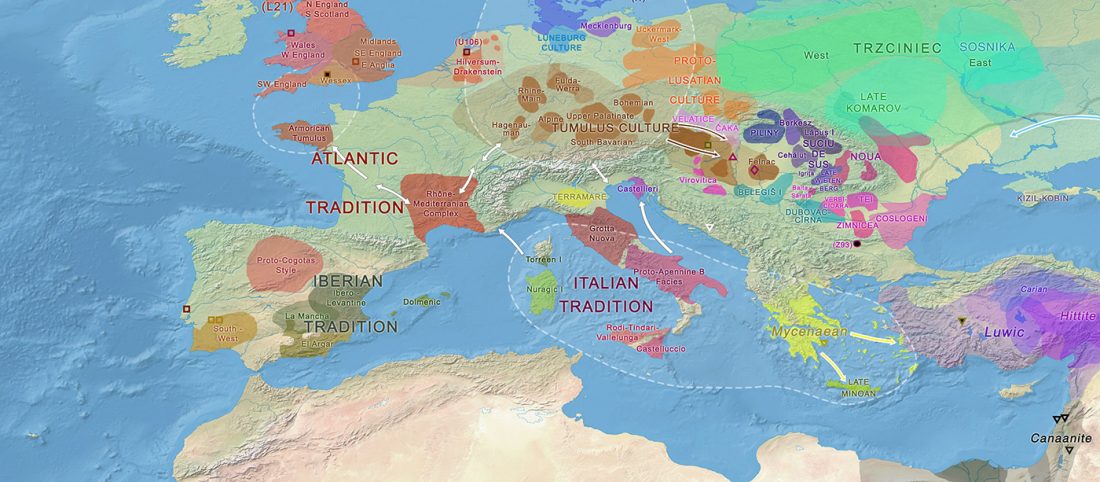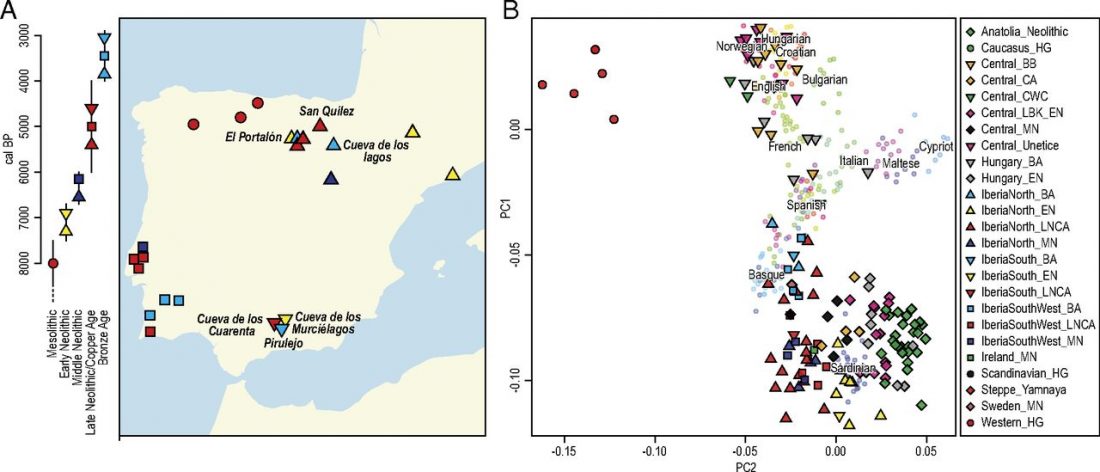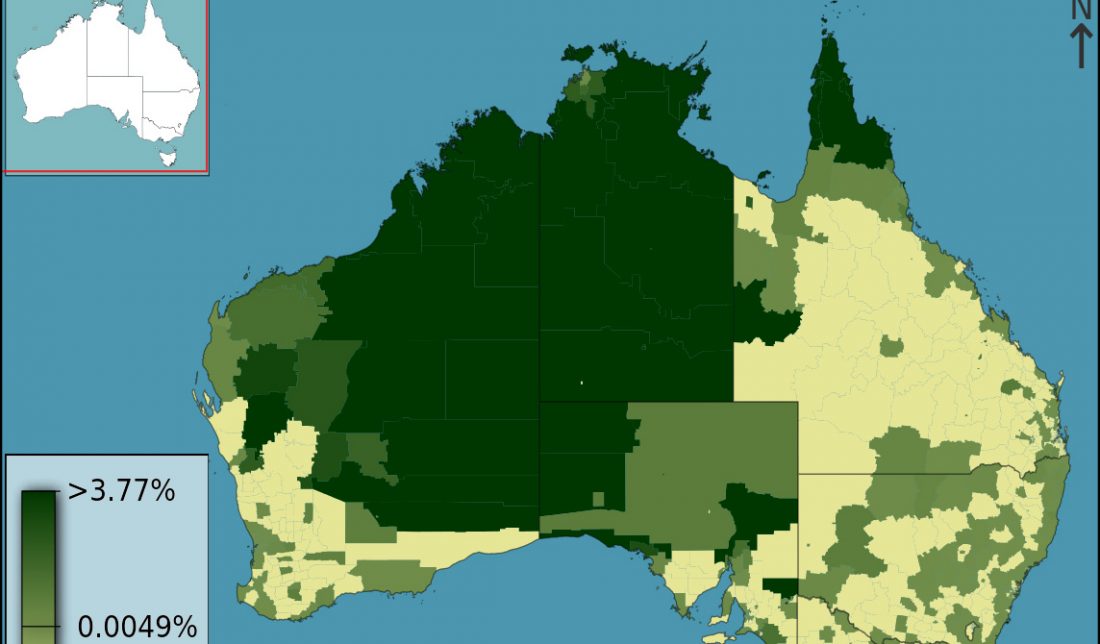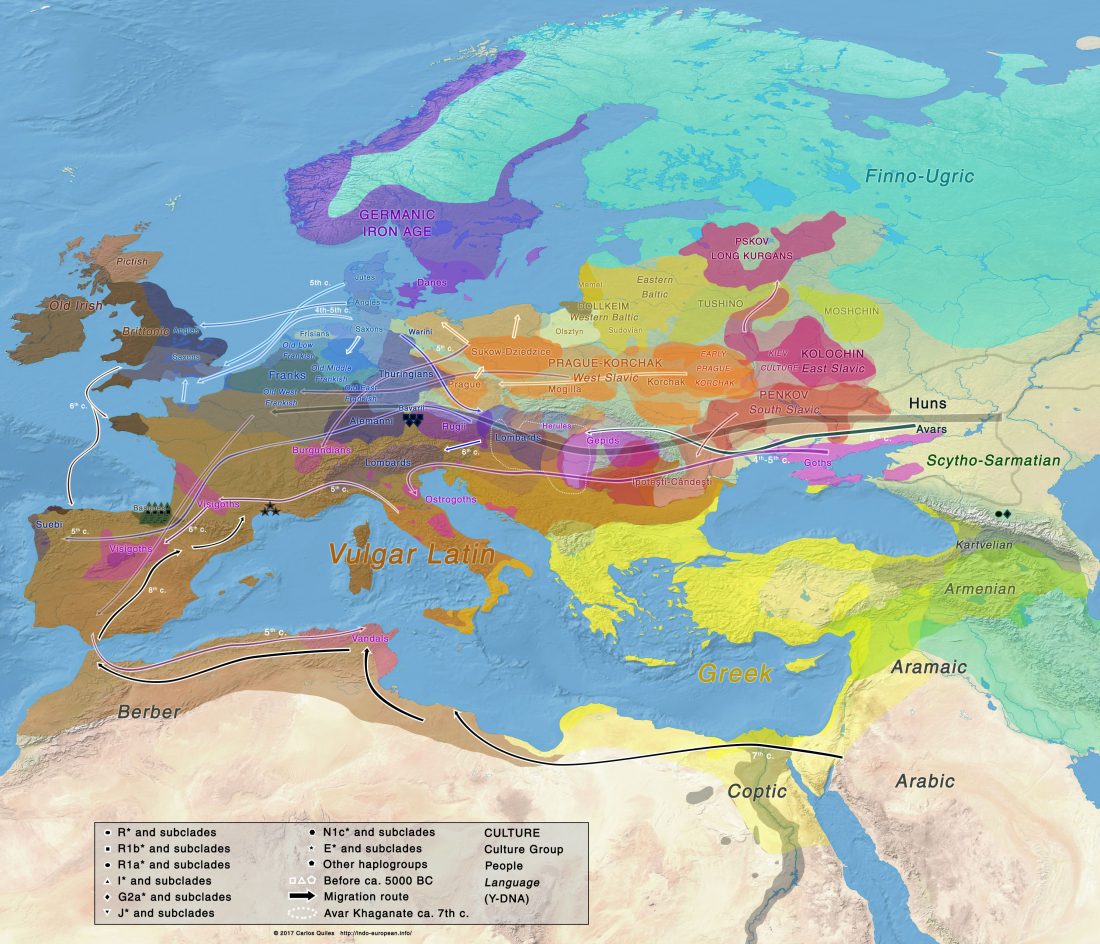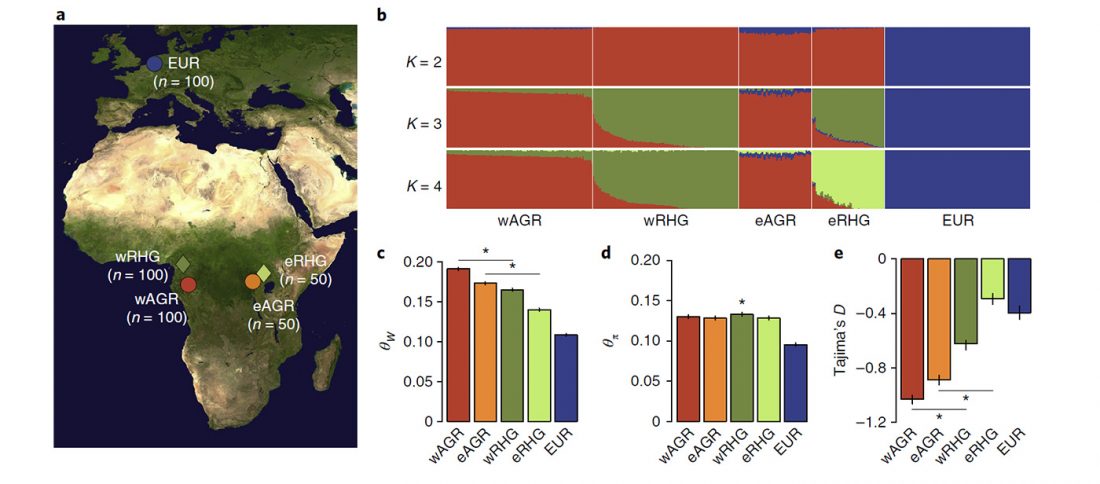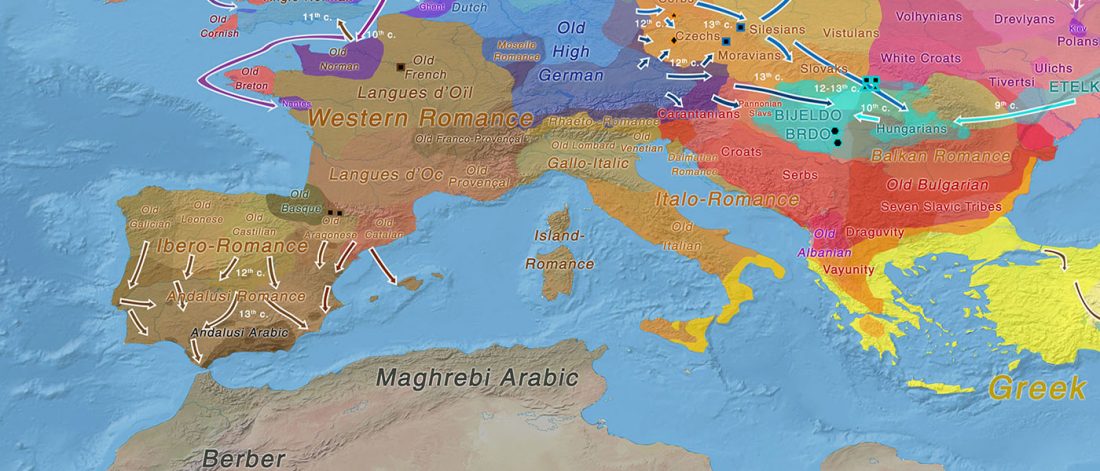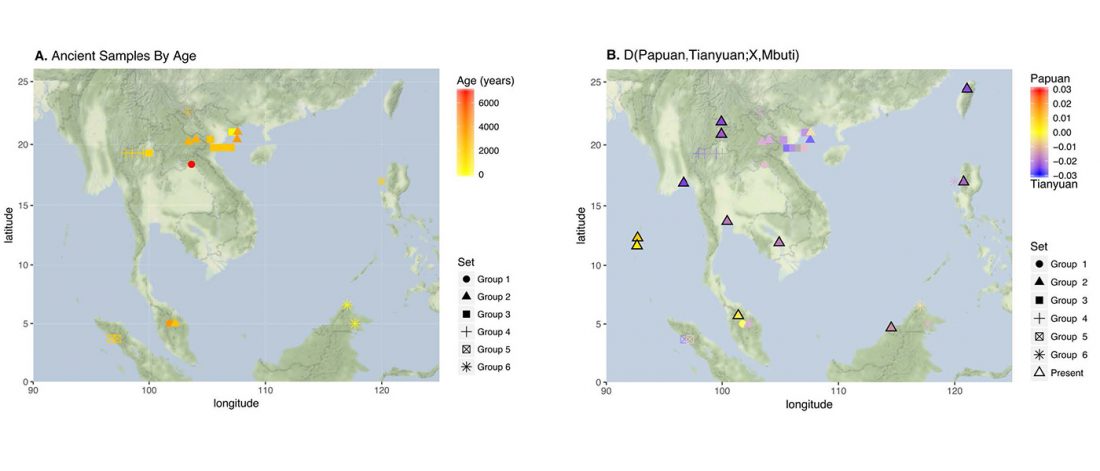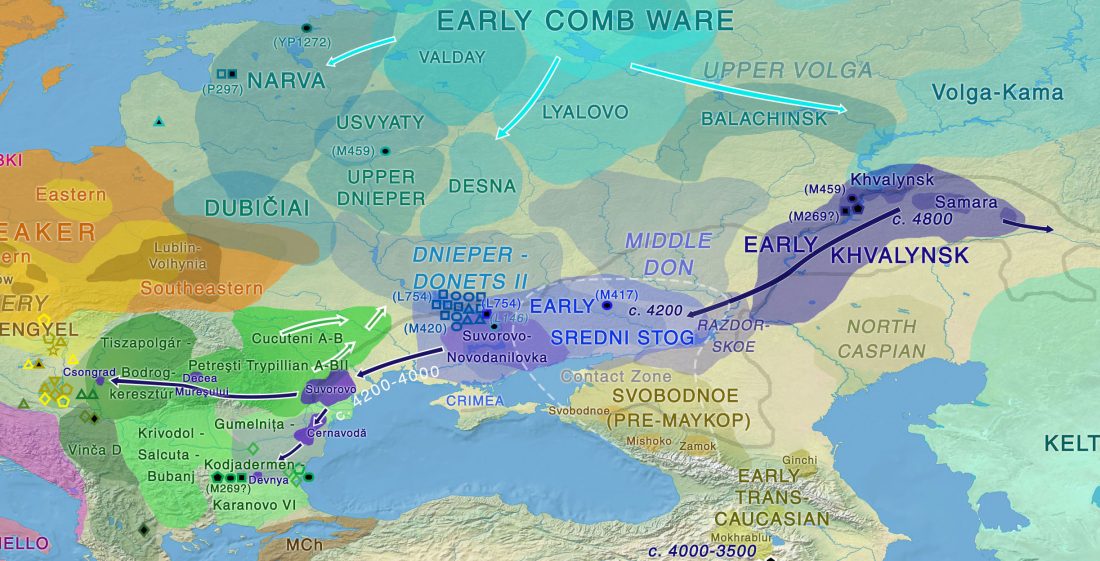First Iberian R1b-DF27 sample, probably from incoming East Bell Beakers
I had some more time to read the paper by Valdiosera et al. (2018) and its supplementary material.
One of the main issues since the publication of Olalde et al. (2018) (and its hundreds of Bell Beaker samples) was the lack of a clear Y-DNA R1b-DF27 subclades among East Bell Beaker migrants, which left us wondering when the subclade entered the Iberian Peninsula, since it could have (theoretically) happened from the Chalcolithic to the Iron Age.
My prediction was that this lineage found today widespread among the Iberian population crossed the Pyrenees quite early, during the Chalcolithic, with … Read the rest “First Iberian R1b-DF27 sample, probably from incoming East Bell Beakers”
